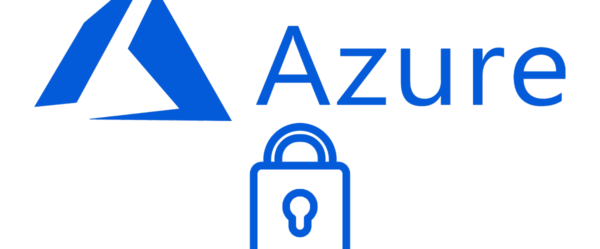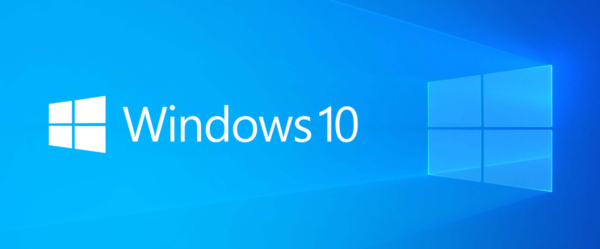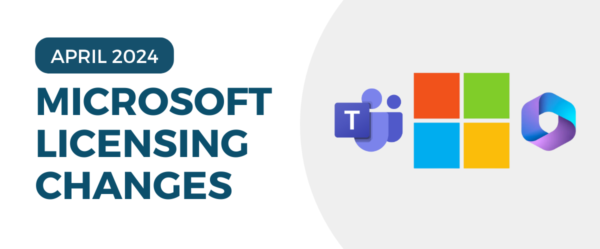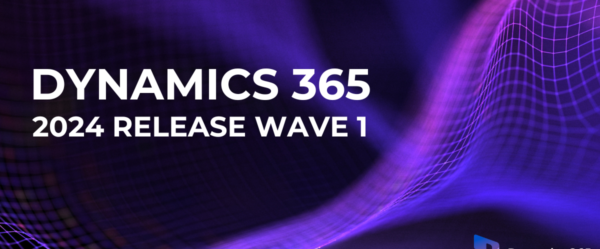By Chris Howell, VP of Technology
As Opal started the planning for 2023, we are always looking at ways to improve our processes and determine the best ways to measure the business. As the title states, Opal follows the Entrepreneurial Operating System (EOS) method from Traction by Gino Wickman. And if you read the book, one of the main aspects is metrics and holding people accountable.
From an organization that used to run the business on feel, using Traction, we have started to be data-driven, mostly using Power BI ConnectWise Reporting. As the planning was completed for 2023, we needed to figure out a way to track the Traction metrics accurately and easily. So, we decided to look to our trusted analytics tool, Power BI. Lo and behold, SCORECARDS and METRICS!!
I always thought Scorecard Metrics were part of Premium (capacity or PPU), so I never really looked at setting up or reviewing, but I figured I would give them another chance. And to my surprise, they are very much available in Power BI Pro; I guess I should have read the documentation better. At least they have documentation, but that is a rant for another blog.
The Documentation for Power BI Metrics is solid, and to get started, I used the following documentation. Create scorecards and manual metrics – Power BI | Microsoft Learn.
Before we dive into the setup, I would like to point out in the documentation above from Microsoft that the Metrics are only available in the Power BI Service. This is very important to note because we will end up linking the Metrics to a card for each of the Metrics we are looking to track.

To get the Scorecard and Metrics set up, the first part is to ensure that your Goals and Rocks for your organization are measurable. And if you have a hierarchy of Goals and Rocks, please ensure the parent is a roll-up of the children. This will greatly help the efficiency of setting up the Scorecard, Metrics, and Sub Metrics. We had to go back a few times and refine the Goals and Rocks to make sure we could report the analytics.
After you have set your Goals and Rocks, we need to focus on building the data within Power BI. I have written several articles about pulling data into Power BI (Link Power BI to ConnectWise Manage; View ConnectWise Data in Power BI via REST API) (Shameless plug). Not all Goals and Metrics may be in the same location, so you may need to pull in additional sources. For Opal, we pull in our available Sales Metrics and Business Goals from ConnectWise. We also use Dynamics as our ERP, so our Revenue goals are from a different system. The beauty of Power BI: it can read all the data and import it seamlessly.
Once the data is visible in Power BI, we need to create the Scorecard and move it to the Workspace we will share. This doesn’t have to be completed immediately, but it was easier to get it out of the way and was very simple.
After creating, we need to focus on the Statuses. By default, the following statuses are available:
![]()
For Opal, as we set this up, we decided where some would need adjustments. We went with the following statuses that allowed us to simplify and eliminate some of the redundancies and questions:
![]()
As much of what you have read in this short blog hasn’t really touched on Scorecards and Metrics, I want to ensure you that we are in the process of developing our entire Scorecard and Metrics, and in Part 2, we will detail some of the important areas that we found in the process.
My goal in Part 3 is to then streamline the different processes by adding in automation. And to give you a little teaser, there is some built-in automation for status changes which is really cool. But if you were to click on the Flow button at the top, there are even more triggers within Power Automate. With Power Automate and Scorecards and Metrics combined, we can do some really cool things.
This is just the beginning of what we can do, and we plan on many additional blogs built around the EOS Process, Traction and Power BI. View Part 2 here. Stay Tuned!






